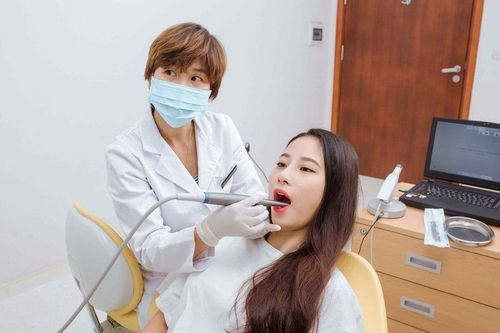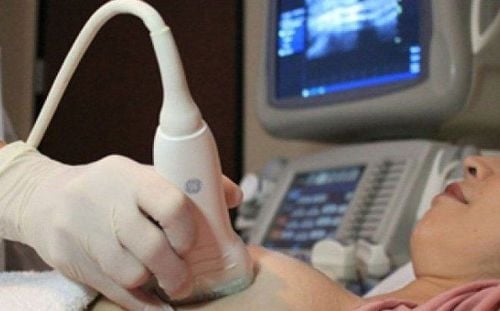This is an automatically translated article.
The article is expertly consulted by Master, Doctor Trinh Thi Phuong Nga - Radiologist - Department of Diagnostic Imaging and Nuclear Medicine - Vinmec Times City International General Hospital.1. What is a dental X-ray?
Dental X-ray is a technique that helps to clearly record images in the oral cavity including teeth, jawbone, soft tissues. This technique helps doctors easily check and detect problems related to oral health from deep inside such as cavities, abscesses, cysts, even tumors or other unusual conditions. In addition, dental X-ray also helps doctors to follow up after dental treatment.In which case it is necessary to use dental X-ray technique:
● Detect and check problems that cause damage to teeth such as: tooth decay, broken teeth, broken teeth, bone injuries of the jawbone,. ..
Detect misaligned teeth or teeth that penetrate into the gums.
Detect abnormal conditions that form in the oral cavity such as tumors or boils in the gums.
● Support the process of root canal surgery, tooth extraction or dental implant,...
● Support the process of braces
● Visit after dental treatment.
2. What are the types of dental X-rays?
There are so many types of radiographs available today that it can be difficult to tell them apart. So what are the types of dental X-rays? This must be the question of many of you, follow the article to find the answer.
This is considered a common imaging technique in diagnosing dental pathology. With this technique, the beam dose is minimized, but still enough to detect the position of the damaged tooth and some adjacent teeth.
● X-ray around the teeth
X-ray around the teeth will give us an overview of the upper jaw and lower teeth. This technique is very different from other dental X-ray techniques, you will not need to place the film inside the mouth of the radiologist. You simply sit still and the X-ray machine rotates around the person taking it.
This technique increases the ability to detect dental diseases such as abnormal hidden structures that are not visible to the naked eye or other small X-ray films.
● Take a panoramic X-ray of the teeth
X-ray technique of the entire oral cavity will give us the most general view of the jaw, teeth, nasal sinuses and temporomandibular joints. Based on the captured film, the diagnosis of dental caries, tumors, cysts, abscesses, teeth that are misaligned, underground, redundant, lesions in the jawbone, ... will be increased accuracy as well as easy. provide appropriate treatment.
● 3D Dental X-ray
This technique is considered a great advancement in technology. 3D dental X-rays help doctors see structures that cannot be seen with the naked eye. Using rotary X-ray equipment in combination with modern digital equipment. Thus, 3D X-ray images can be obtained from soft tissues, muscles, jaw bones even neural tubes and blood vessels.
3. Note before taking dental X-ray
You do not need to prepare anything before taking an X-ray, this will be indicated on a case-by-case basis, not everyone has to do it.In case you are pregnant, you need to tell your doctor right away. The doctor will consider the need for an X-ray, because in fact X-rays are small, but not good for the health of mother and baby. If it is necessary to conduct an X-ray, the doctor will wear safety protective equipment (a lead apron covering the abdomen will help block X-rays).
If there is a recent dental X-ray image, it is not necessary to take it again.
4. Implementation process
Dental X-ray procedure is done according to the following steps:● Wear a lead apron: This step is essential when taking X-rays to help protect the body from the harmful effects of x-rays. The neck area will be covered with a cloth (thyroid shield) to help protect the thyroid gland during the scan.
● Hold the cardboard, to keep the image for the film.
● An X-ray machine will wrap around your head and take pictures of all of your teeth.
You can rinse your mouth before taking the photo

Doctor Trinh Thi Phuong Nga is a radiologist with nearly 20 years of experience in diagnostic imaging. Currently, the doctor is working at - Department of Diagnostic Imaging - Vinmec Times City International General Hospital.
Please dial HOTLINE for more information or register for an appointment HERE. Download MyVinmec app to make appointments faster and to manage your bookings easily.














